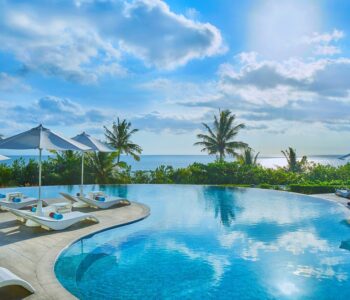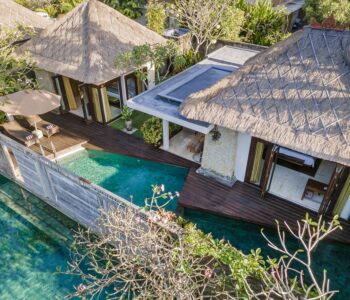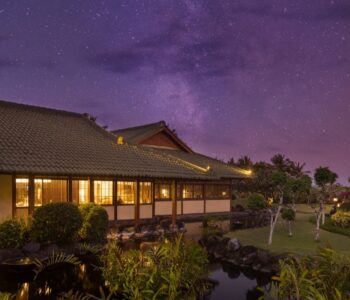With the term ‘Nature is Healing’ becoming popular over the internet during Covid-19 lockdowns worldwide, NOW! Bali speaks to environmental experts on the island to see whether this trend was also visible in Bali.
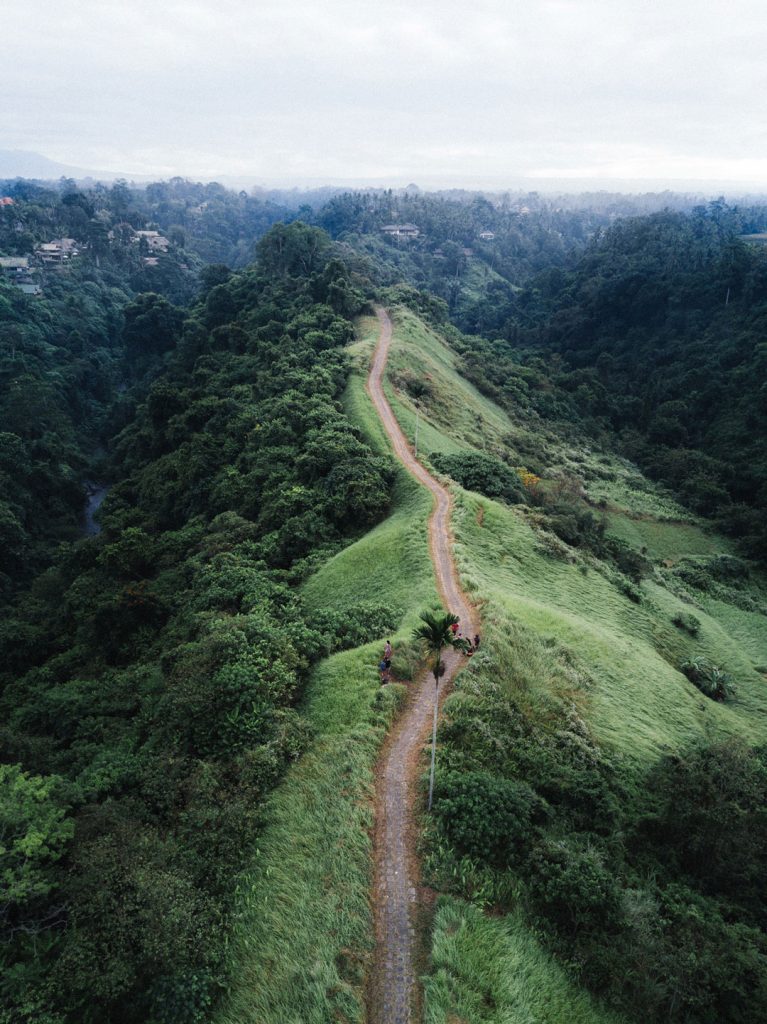
The reduction in human activity during the outbreak has reportedly had fascinating impacts. When cities came to a sudden standstill, the decreased human activities – including seismic man-made noises – was said to liberate wildlife. Sheep in Wales and deer in Japan took over empty streets to freely roam and feed on plants. As did wild flowers, blooming in the greatest number for years throughout the UK, thanks to the abrupt halting of mowing services. We’ve also seen the natural environment benefiting from our absence. Canals in Venice now flow with clearer waters, blue skies paint over Jakarta’s skyscrapers, whilst new Nitrogen Dioxide (NO2) maps show us that carbon emissions have plummeted. With modern life on lockdown, the natural world seems to have let out a sigh of relief.
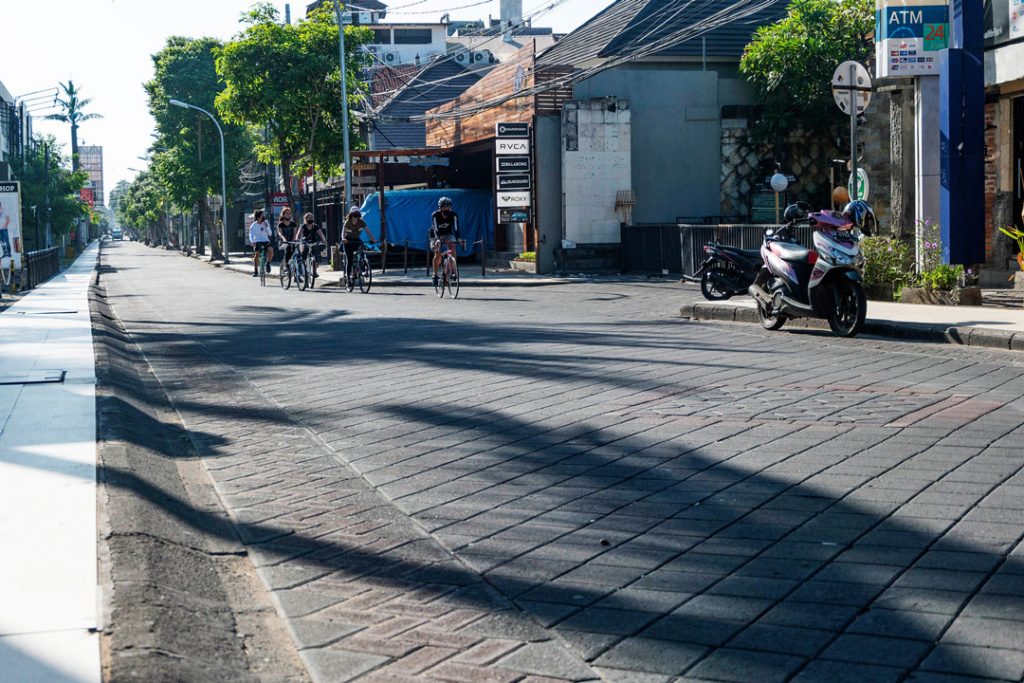
Shrinking the scale island-wide, can Bali attest to the same results?
Firstly taking the narrative to the capital city, named the world’s most polluted city in 2018 by Air Visual, Jakarta is a mammoth producer of six dangerous pollutants including the highly carcinogenic PM2.5. The ‘Big Durian’ is surrounded by 12 active coal plants within a 100km distance, with 5 newly operating locations responsible for emitting pollutants comparable to 10 million cars.
When the city’s partial lockdown (PSBB) took effect on April 10, it did see a dramatic decrease in traffic. City dwellers have shared their glee on social media as clearer, even colourful skies can be seen most strikingly in the morning and towards sunset hour. Though arguably, the transition into monsoon season also allowed the washing ofpollutantsefficiently out of the air. After travelling restrictions were imposed, Centre for Research on Energy and Clean Air (CREA) reported an approximate 40 percent drop in NO2 levels in comparisons to 2019, indicating a decrease in urban emissions, however PM2.5 remained consistent to previous years, confirming that pollutants from surrounding coal-fired power plants remain a big threat.
Bondan Andriyanu, a climate and energy campaigner at Greenpeace, told NOW! Bali that whilst some areas experienced a positive trend, there is not enough data addressed by the government for us to celebrate just yet.
“The city’s Emission Inventory Research was last reviewed in 2012 – going beyond the compulsory 5-year update – giving air quality observers such as ourselves little evidence to analyse,” he said in regards to reading of deadly pollutants. A recent Harvard study confirming a link between Covid-19 mortality and living in polluted cities should be enough to beckon a review.
This lack of transparency is a growing issue in Bali that, to date, has no official air monitoring system. Greenpeace conducted a study on the island’s coal plant in CelukBawang in 2018 and highlighted the devastating impact on local environment, health, and socio-economic wellbeing of residents. Due to the contamination, fishermen have no choice but to stop fishing, whilst a growing number of families suffered from serious respiratory problems. Even following an official appeal made to the authorities, there hasn’t been accurate evidence or a monitoring system to measure the quality of air in Bali, Greenpeace disclosed.
Though there is a definite reduction in human activities and more people adopting healthier lifestyle such as cycling; logistics are still ongoing, construction continues, and some motorbikes and cars are still roaming. Another notable observation is how financial health could play a role in pollution. With poor waste management and deteriorating financial health, many are opting for easier perhaps cheaper ways to control domestic waste, such as burning trash. “We cannot be so sure that nature is actually healing in Bali [in regards to air pollution] with the country’s loose lockdown initiative,” Bondan concluded.
On a lighter note
With Bali’s coral reefs threatened by pressures from overfishing and other intrusive human activities such as tourism, Nusa Dua Reef Restoration stepped up in 2010 to aid the coral reefs in the island’s buzzing resort town. Over the years, the team of volunteers have been rehabilitating marine life in Bali’s south coast by planting nursery-grown corals back onto reefs and building coral resilience to threats like fishing and climate change. They conduct weekly programmes to clean the reef, ensuring the habitat is suitable for thriving marine life and natural coral growth.
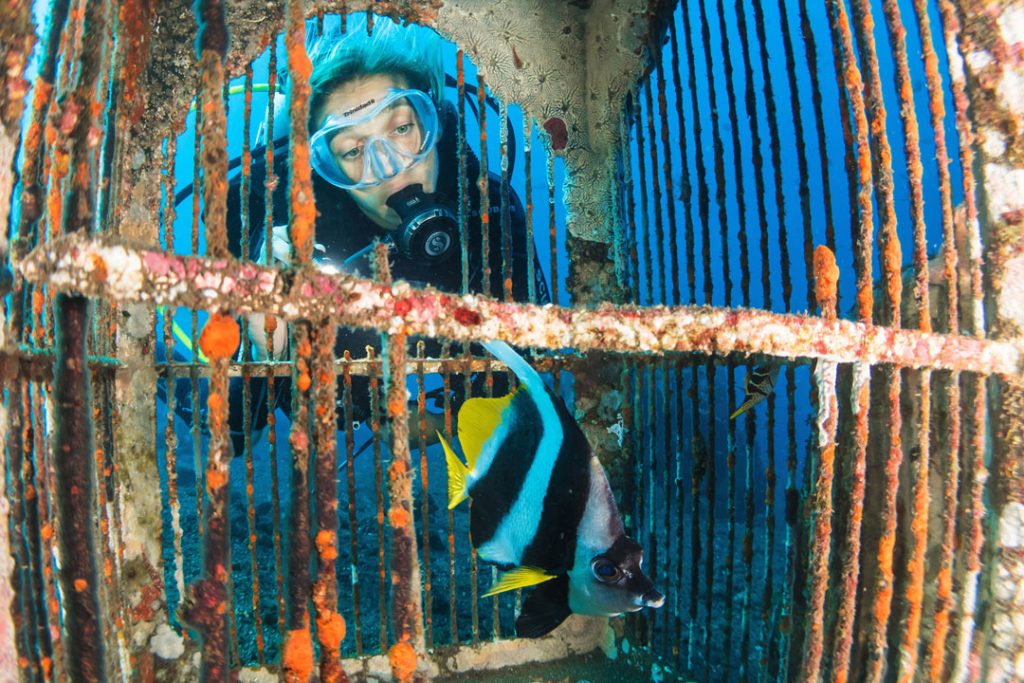
Since beaches have been inactive, the team witnessed new species visiting and returning to reside in the area. The flourishing marine fauna is now home to the frog fish, bat fish, blue spotted ray, black-tip shark, sea snakes, and pelagic fish such as the trevally, among other favourite long-time residents like the pufferfish. They said to have seen a surge in local people fishing to leisurely pass the time; however, less human activities from five-star resorts on the beachfront strip has meant less ‘cleaning hours’. The volunteers told NOW! Bali that there is visibly less plastic waste to procure from the reefs! Though washed-up trash also depends on the tide bringing waste from elsewhere.
According to IDEP Foundation, Bali has a 13 percent deficit in water due to agriculture, tourism, and domestic needs, with one study highlighting indications of sea water intrusion occurring in 13 regions. Though no real data can report accurate facts, water usage and demand from tourism has dropped significantly but domestic use increased. IDEP’s Bali Water Protection Programme carries out active initiatives to educate the public on the importance of preserving groundwater, ways to restore rainwater to ground, and understanding why the island’s water scarcity issue needs our attention. Armed with these educational programmes and their Covid-19 relief efforts, the team has seen a change in lifestyle for the most part. People are realising more than ever that the declining groundwater directly affects them, pandemic or not. Many are reflecting: What happens when the tourists come back?
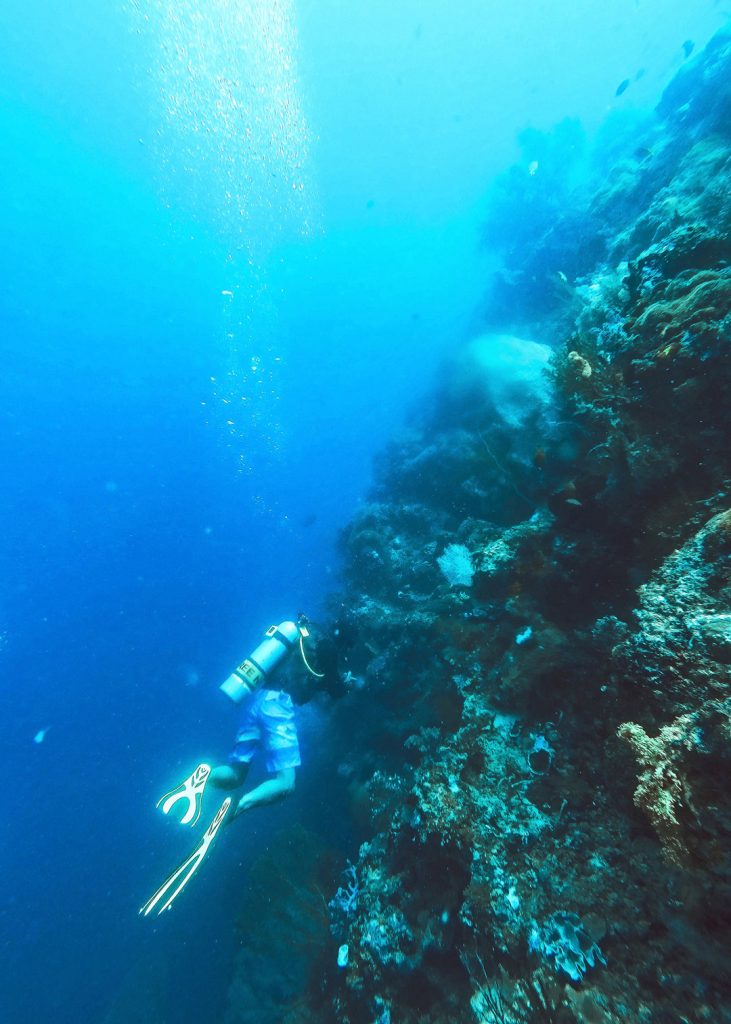
“We are seeing more people planting trees. They’re starting to understand that we need to catch water and by keeping our nature healthy, we get to enjoy good quality water. They are thinking of ways to survive by preserving the natural world,” SayuKomang, Programme Coordinator at IDEP Foundation told us.
Whilst we’d love to report on flourishing ecosystems, ground- water reserves filling up and air as clean as a Swiss mountain range, sadly two months of reduced human activity is hardly enough time to undo the effects of decades of mass consumption. Whilst some improvements are indeed visible, what this time has really allowed for is reflection – by industries, residents and hopefully by government bodies. Again, mirroring the reflections of the people around the island of “What happens then the tourists come back?”, this temporary lull may not be enough to see ‘nature healing’ but does give us the time to plan for a way to protect the island from the identified environmental issues when Bali reopens.


